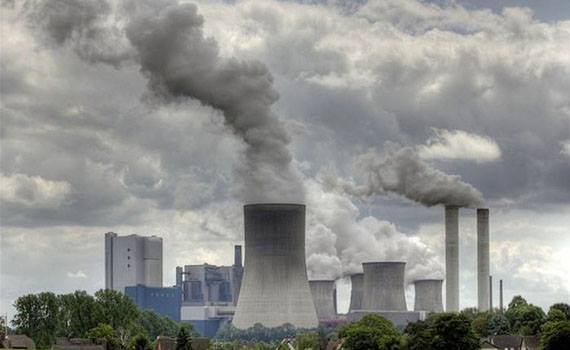NEWS
Scientists have found that all coal-fired power plants pose a hidden threat.

After a series of studies on the environmental impact of atmospheric emissions from fuel combustion at conventional coal-fired power plants, a group of scientists from the Karlsruhe Institute of Technology (KIT) came to an unexpected conclusion. It turned out that the wastewater treatment plants of power plants, which are designed to reduce the negative impact of combustion products on the environment, cause significant damage to the ecosystem and to citizens living in relatively distant places.
This damage consists in the release into the atmosphere of ultrafine particles with a diameter less than 100 nm (ultrafine particles, UFP). But the most striking thing is that these particles in the mass are formed not during the burning of fuel (although in the process of burning too), but in the process of cleaning the emission gas. To clean the exhaust gas is saturated with ammonia. This is necessary for the conversion of nitric oxide in the combustion products into ordinary water and nitrogen. The irony is that the cleaning process according to the ratio of reagents involved turned out to be ideal for forming ultra-fine particles in the exhaust.
After the formation, ultrafine particles in a stream of heated air (steam) rise to an altitude of 200 to 300 meters, from where they can extend to a distance of up to several hundred kilometers. Each coal-fired power plant “Fonit” in its own way, depending on the specific meteorological conditions on the ground, the season and even the time of day. At night, the layer of ultra-fine particles is relatively thin and is kept in place by natural processes of the convention (the ground is cold, the air is warm from above). But with the first sunshine, the layers are heated and mixed with particles falling to the ground. In some places and at a considerable distance from power plants, the level of ultra-small particles of artificial origin was several times higher than natural ones, for example, from forest fires.
Measurements in the area of large cities showed that contamination with microparticles from coal-fired power plants is more extensive than pollution from microparticles caused by traffic. This problem was never taken into account before, but the very small particles are a direct path to allergies. That is why everyone wonders where in the past decades so many allergy sufferers come from?
For experiments in Germany and other regions of the world, scientists equipped an ultra-light aircraft. The device is equipped with instrument complexes, which helps to measure both the chemical and physical composition of the air. Scientists are actively using long-term hydrometeorological observations to create accurate maps of the distribution of ultrafine particles. It's amazing how many new things you can learn if you don't be lazy and take a closer look at your feet.



